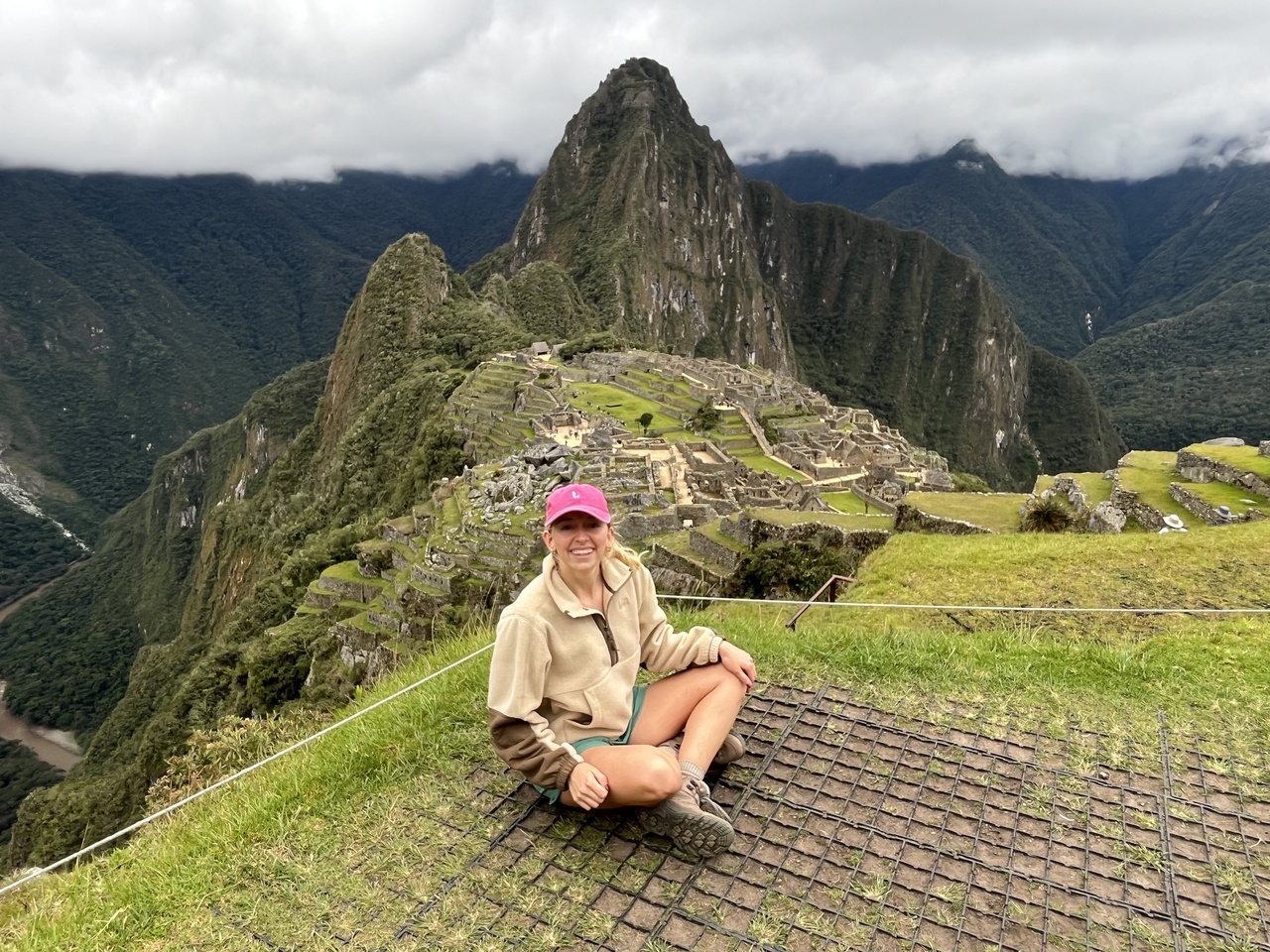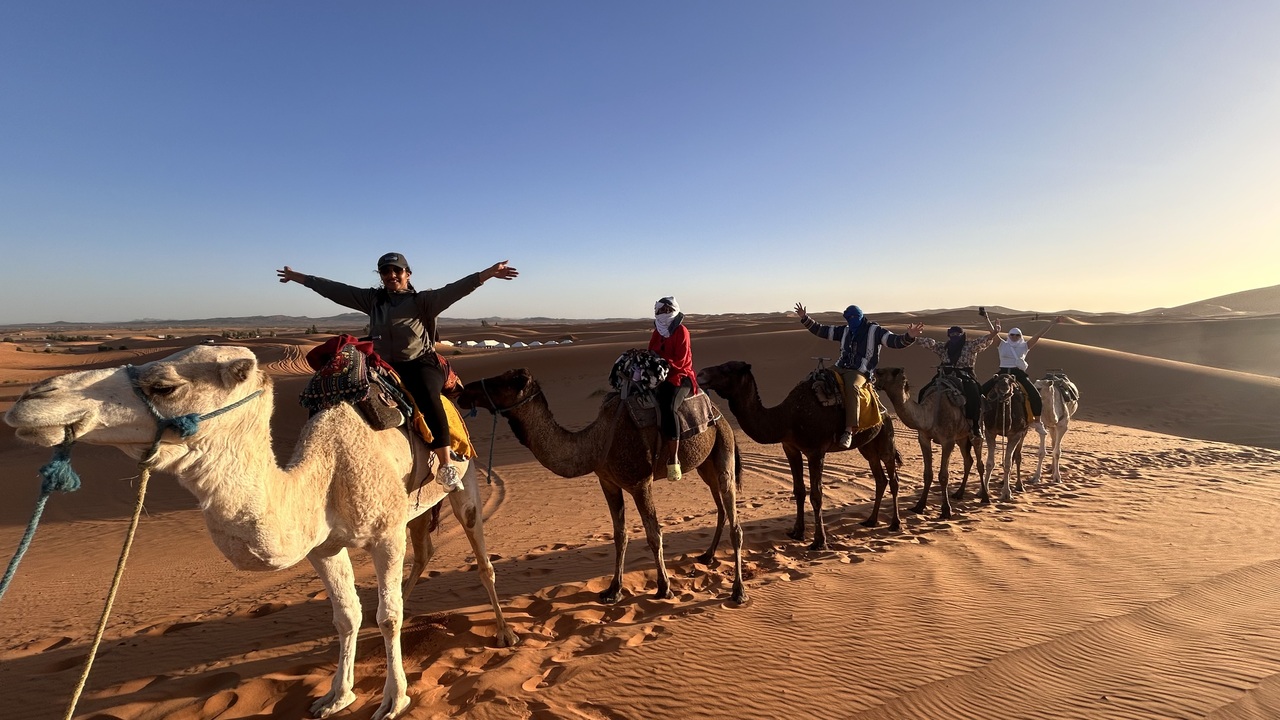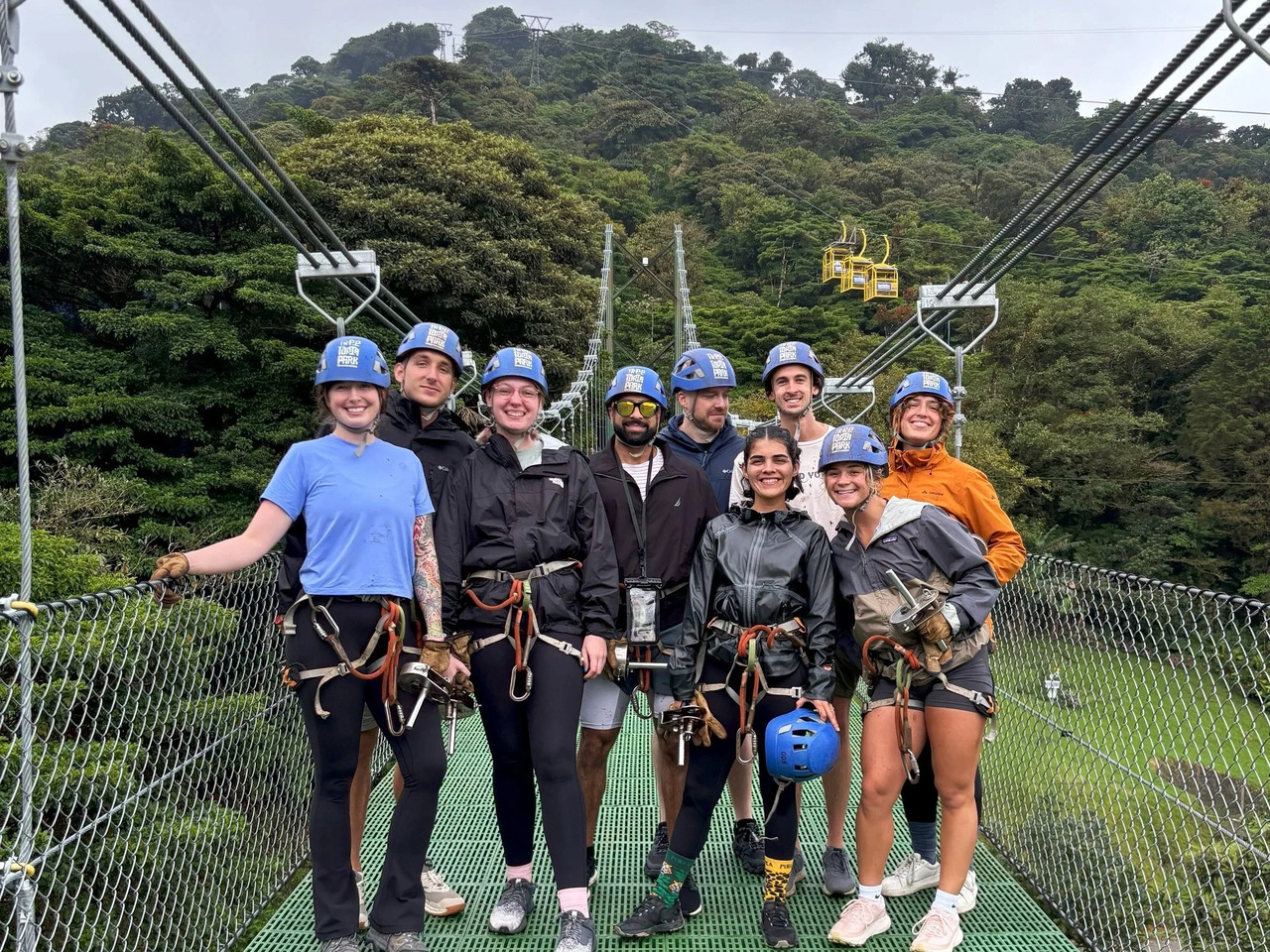I recently had the opportunity to knock off country #10 on my quest to 30: Cuba.
Cuba has long been the forbidden fruit for American travelers and with the recent easing of government relations I jumped at the opportunity to take a people to people trip to Cuba.
Currently, Americans traveling to Cuba must certify that their trip falls under one of twelve pre-approved reasons. Many of these are very specific in nature, and include things like family visits and journalistic activity. A subset of the educational requirement is the people to people category. Under this declaration, travelers are required to have a full itinerary of activities that are educational in nature and focus on creating interactions with the Cuban people allowing for a mutually beneficial experience.

Planning
My time for advanced planning was limited on this particular trip as I only decided to go 7 days prior. There’s currently somewhat limited flight options from the U.S. to Havana, but luckily for me I was able to find a flight on JetBlue from BOS to HAV via JFK using only points (loyal JBLU customer).
We prepared a relatively detailed travel itinerary, outlining our intent for the people to people interactions in preparation for any immigration requests.
Next, we booked our AirBnB after scouring options and review. AirBnB is the recommended means of accommodation for American travelers, as staying at a hotel or all-inclusive resort does not align with the purpose of the visit.
If you’re not convinced, maybe the bottom line will help: Hotels in Havana range from $400-1000 per night while most AirBnB’s are in the $50 per night range. We were also able to arrange airport transit with the owner of our AirBnB, eliminating any confusion upon arrival.
While all of this information is critical, the most important thing you can do in advance of departure is brush up on your Spanish. Very few people you will encounter in Havana speak English, with the exception of some tour guides, wait staff, and locals telling you about the “one day only cigar festival that ends in 30 minutes”.
Pro tip: One app that I highly recommend is iTranslate, which has an offline Spanish dictionary that you can download to your phone before leaving. Keep in mind that your cell phone will not work in Cuba and WiFi, while available at some hotels and public parks, is not something that you can expect to enjoy.
If you’re wondering if it’s safe and legal for Americans to travel to Cuba in 2025, check out this guide, it breaks down all the rules and tips.
What to pack

There are many useful guides outlining what to pack for Cuba but before I get too far, the single most important thing to pack is CA$H. Your credit and/or debit cards will not work in Cuba. Nor will most European/Asian bank cards that do business with the U.S. It is important to bring enough cash for the duration of your trip including a contingency.
Equally as important, you will only be able to convert to CUC (the Cuban Convertible Pesos – the tourist currency) once you’re on the ground in Cuba. As part of your trip prep, be sure to convert your USD to EUR, GBP, or CAD before leaving. All USD exchanged in Cuba is subject to a 10% penalty. Typically, the most cost-effective way to do this is through your bank by ordering the currency in advance.
Pro tip: As in most countries, exchanging at the airport will get you the worst exchange rates. Instead, seek out a local Cadeca on your ride from the airport to exchange your money. You will need your passport to exchange any money in Cuba. (Don’t forget to convert all your money back when leaving as you will not be able to exchange back once you’re home in the U.S.)
In addition to the normal items you’d pack for a trip to a Caribbean island, there are a few items you’ll want to make sure you bring with you.
Typically when traveling, you have the luxury of stopping at the local pharmacy to pick up anything you may have forgotten to pack. In Cuba, the availability/quality of simple items we take for granted is not guaranteed.
Be sure to consider everything you use daily as well as any health items you may need in case you get sick (e.g. Pepto Bismol). I visited my doctor prior to traveling to get a prescription of antibiotics for a “just in case” situation, as the access to medical care is limited. I’d also advise packing any snacks/foods you may want to supplement with, as you will not find any snacks you’re used to at home (especially chocolate).
Pro tip: Individually wrapped candy like Snickers or Hershey bars will be a big hit with local children in the streets.
Getting There
With the relaxed travel requirements no specific preparation/approval is required as long as you are visiting Cuba for one of the twelve pre-approved reasons.
You will certify which reason you have selected when purchasing your airline ticket. Plan to arrive at your departure airport with 3 hours of cushion as you will need to get “Cuba ready” cleared at a special check in counter (if connecting, visit customer service or the departure gate immediately upon landing).
You will need to purchase your tourist visa before departure. The price varies from $50-100 depending on your airline and will be filled out by the airline representative. Keep this handy at all times while traveling. Your boarding pass will be stamped “Cuba ready” and/or “Cuba Docs” certifying that your ticket includes health insurance coverage for the duration of your stay (a requirement of the Cuban government).
Pro tip: I would also recommend additional travel insurance just in case (reasonable coverage available for ~$50).
Before finalizing your itinerary, see this guide on whether Cuba is safe to visit — it covers everything from neighborhoods to scams and health tips.
Upon arrival

I didn’t fully know what to expect with immigration and customs.
I can confirm that it was in fact a breeze to get through upon arrival (although you’ll be wishing for a breeze in the very hot staging area and baggage claim).
My passport and visa were reviewed by the immigration official, my picture was taken, and my passport was stamped in all under 3 minutes. My carry on baggage was hastily x-ray’d and I handed my health certification card to the officials who were horribly disinterested, often not bothering to review the documents before letting travelers through.
Pro tip: If you check a bag, be prepared to wait over 2 hours for your bag alongside 6-7 other flights with nowhere to sit or buy water.
If you have nothing to declare, you simply get in line and hand your declaration card to the official while exiting. If you have pre arranged airport transit, you’ll have to look carefully through the large crowd of signs to find your driver. Cabs are available outside, along with pushy people ready to load your luggage for a tip.
Where to stay

Again, I highly recommend finding an AirBnB for your stay.
I want to plug our Casa Particular, the Carlos III Palace. Carlos III has nearly perfect ratings from over 250 guests and certainly lives up to the five-star rating. Cary, our “Cuban mother”, runs the operation with a few helpers. Her son Yuriel coordinates all stays from Miami, where he lives and works.
Disclaimer: Genuine recommendation with no monetary (or other) interest in recommending Carlos III Palace.
Getting around
Heading into the trip, I didn’t know what to expect with regards to transportation within Havana.
One of the major draws of Cuba, as portrayed in nearly every picture you see, is the plethora of 1950’s Chevys. These classics operate as “taxi particulars”. For cinco pesos ($5) you can take a taxi particular nearly anywhere in the city. Many drivers will try to charge more once they see that you’re an American, but nearly all are willing to negotiate.
At certain tourist locations (Hotel Nacional) you will have to pay $10-15 for a Taxi when leaving, since it is away from other attractions and you don’t have much of an option. You may also observe higher prices and less willingness to negotiate later at night.
In addition to the classic cars, there are modern government taxis. These drivers will charge a flat rate of $10 to go nearly anywhere in the city. Unless you’re in a rush and don’t want to flag down a taxi particular (or feel like throwing away money), there’s no real reason to take a government taxi. Not to mention, you’ll be missing out on the true charm of Havana.

Despite the convenience and cheap price of the taxis, the best way to get around Havana and experience its true charm is by foot. The furthest you’ll walk from old Havana to the “new” downtown is about 35-40 minutes. Navigating is fairly easy despite the lack of any real street signs.
Pro tip: Whenever lost, simply make your way to the Malecon. The Malecon is the main thoroughfare along the water, famous for selfie-sticks reaching out above convertibles capturing elated tourists. Once on the Malecon, all of the city’s landmarks become visible and navigation is easy.
This is also a great opportunity to highlight the safety of Havana. During our trip, we not only explored the well maintained historic neighborhoods, but also the run down parts of the city which are more or less in ruins. Not once did we feel threatened or uncomfortable. From discussions with locals, the extent of crime would be having your sunglasses snatched by a teenage thief. Police also have a visible presence on the streets for added comfort.
Where to eat
With all the praise I have for Havana, the food was not as good as I expected.
Admittedly, I am a picky eater, so take this with a grain of salt. My friend found the food to be generally bland. The limited availability and inconsistency of the ingredients contributes to the mixed reviews.
Hotel Nacional has a number of quality dining options and I would highly recommend the outdoor restaurant La Barraca. Overall if you stick to the Cuban staples, such as Moros (Cuban rice and beans), you’ll be in good shape. There are many famous Paladars (restaurants in homes) throughout the city that are also worth visiting.
Pro tip: Be sure to make reservations far in advance. Given our last-minute trip, we were unable to secure reservations, but San Cristobal and La Guarida are two that come recommended (be sure to let me know how they are!).
What to see
There is so much to see in Havana, and we were only able to cover a portion of that in our 4 day trip.
The best place to start is Old Havana. You could easily spend a few days winding your way through the cobblestone streets, eating in small cafes, touring castles, and visiting museums. The Western boundary of Old Havana is Paseo del Prado, the main street connecting the Malecon to the Capitol building. Here you will find many hotels, restaurants, theaters, and street vendors and artists.

From here, you can make your way along the Malecon (do so in the early evening for the sunset views). The esplanade and seawall along the coast becomes a largely popular hangout spot for families, couples, and fishermen alike.
Three must-dos in Havana

Number one is to take the full city tour in a 50’s convertible.
These drivers can be found outside of Castillo de la Real Fuerzo (the castle in Old Havana near the cruise terminals) or at the top of Paseo del Prado near the Capitol building. The tour will last about an hour and costs $50-60 total (not per person). Be sure to find a car with a driver and a guide to ensure the guide is able to share as much history with you as possible.
These tours will cover all of the highlights throughout Havana. Additionally, they will take ten minutes to stop at Revolution Square to allow time to get out and walk around and take pictures of the large images of Fidel Castro and Che Guevara.
Number two is a visit to Museo de la Revolucion. This museum, located in Old Havana, is situated inside of the former “Cuban White House”.
The building itself is majestic, with some rooms fully renovated and others quite dilapidated. There are a number of exhibits and artifacts from the Cuban revolution. A very modern building on the property houses Fidel Castro’s famous boat “Granma” which carried the regime to Cuba to begin the revolution.
Number three (last but certainly not least) is the Buena Vista Social Club. Housed in an old run down building with grand stairways is the famous Jazz club.
The third floor opens up into a bustling club filled with people, cigar smoke, and rich Jazz music. The experience embodies what I’ve only seen in the movies (think the Copacabana scene from Goodfellas).
Tickets are relatively accessible, but I would plan to get them a couple of days in advance as you don’t want to miss this.

What to avoid
When traveling, it’s always helpful to know what to avoid.
Most importantly, be sure to avoid drinking the water while in Cuba. You will get sick (speaking from experience).
Other than bottled water, stick to beer, wine, mojitos, and Cuba Libres (rum and Coke). Try to limit ice in these drinks as well – most places just use tap water.

On a similar note, most travelers recommend avoiding any sandwiches or “pizzas” and “ice cream” from street vendors. These are made with the lowest quality ingredients and there is no guarantee what you’re eating – buyer beware.
Finally, you’ll want to avoid the local criers/hustlers. These people will offer to help find you a taxi (for a tip), tell you about the “one day only” cigar festival and take you there (for a tip), or draw your “Cuban selfie” (for a tip). While part of the experience, the sooner you learn to politely ignore these people the better of you’ll be.
Pro tip: Don’t let this stop you from talking with the many many locals who genuinely want to talk with you and learn about life in America or tell you about their family in Miami.
Now it's your turn!
With all of these tips in mind, the most important advice I can give you is to GO NOW.
Things are sure to change as relations open up and commercialization sweeps through. Right now the experience is genuine and I fear that it will soon become a gimmick. It’s also an incredibly eye-opening experience to see the impact of history first hand.
Keeping these tips and tricks in mind will hopefully help you have a stress-free trip to Havana.
Join Under30Experiences to travel with people ages 21-35 to Cuba.




.avif)


























